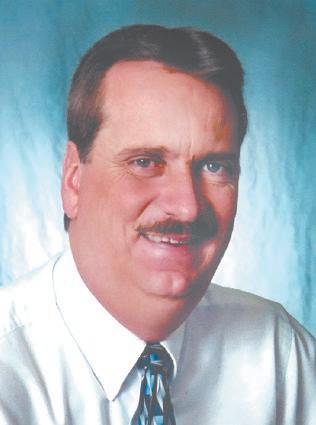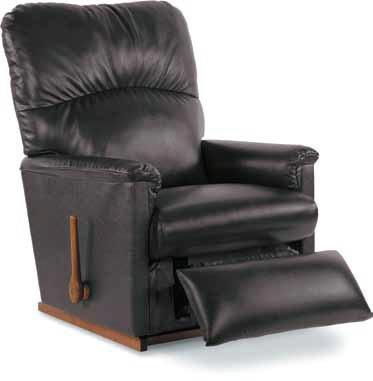
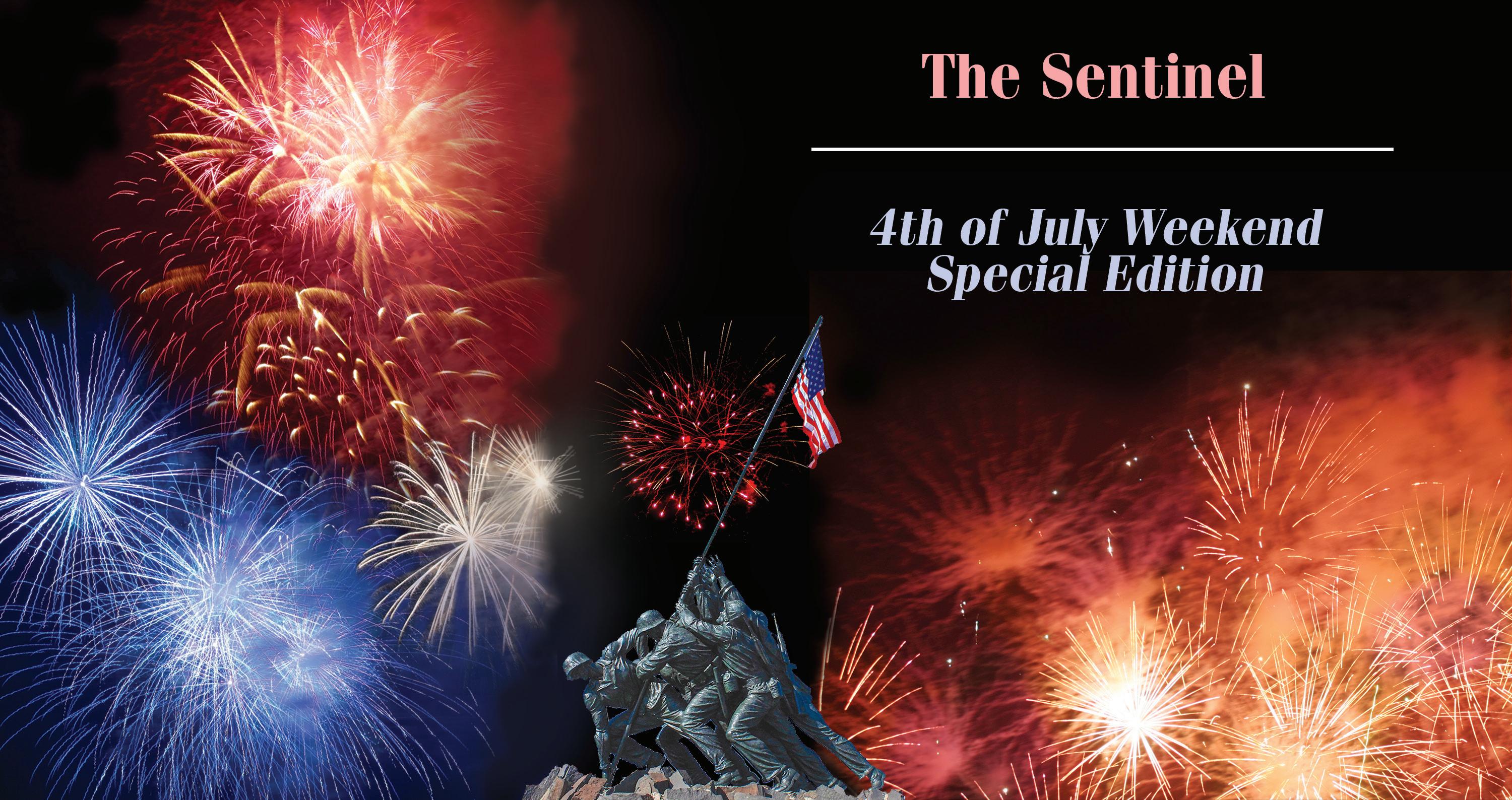
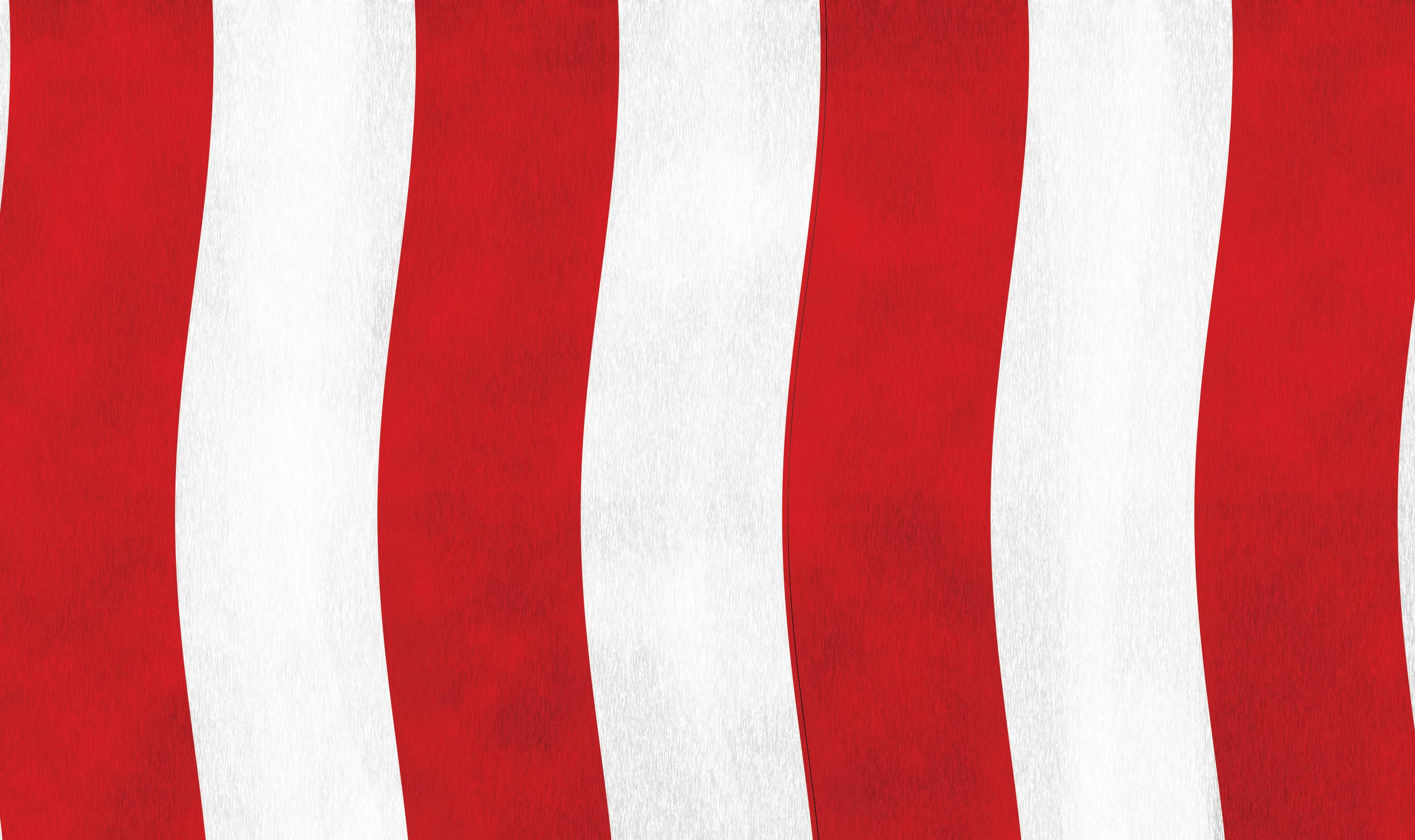
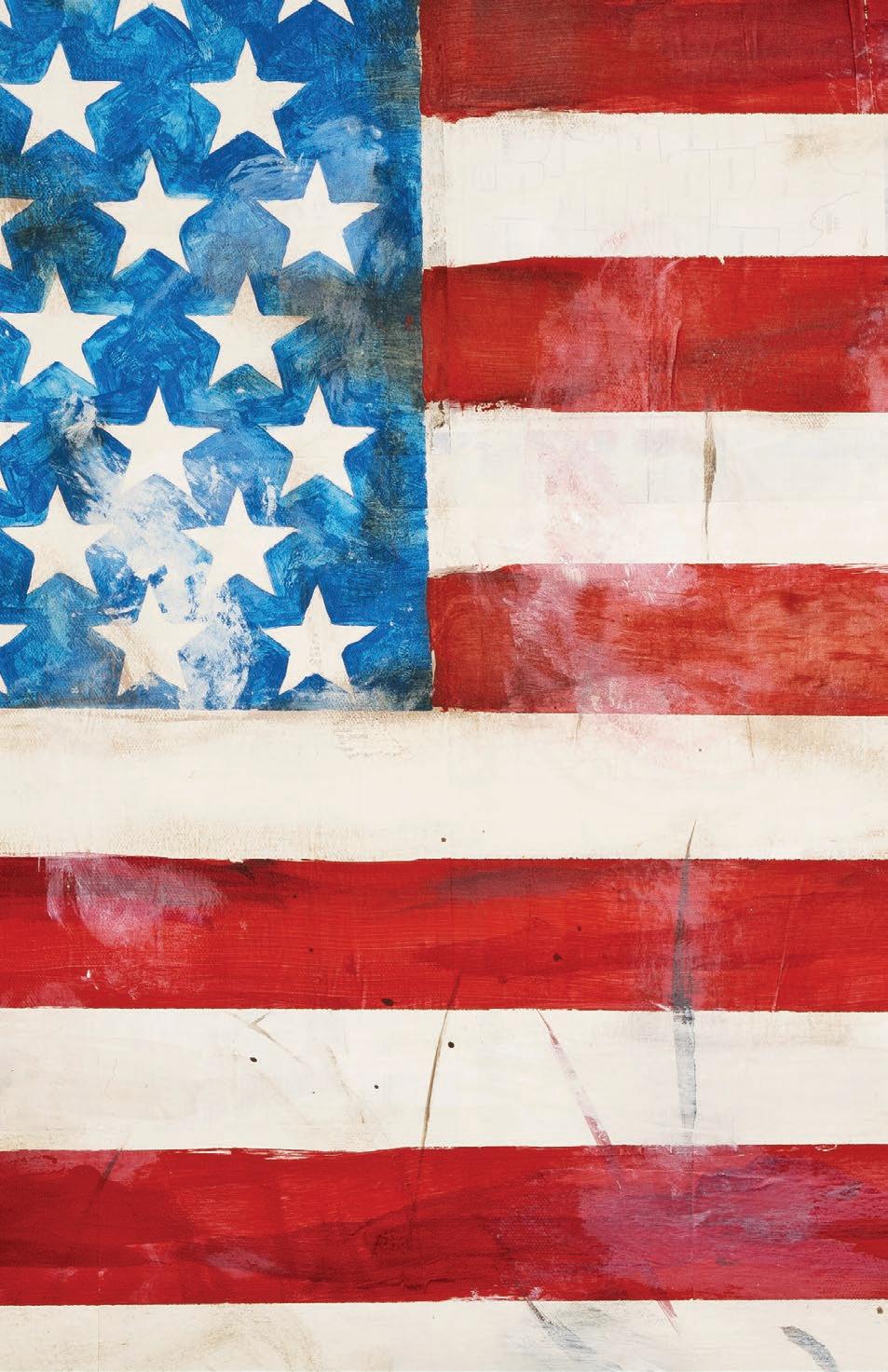
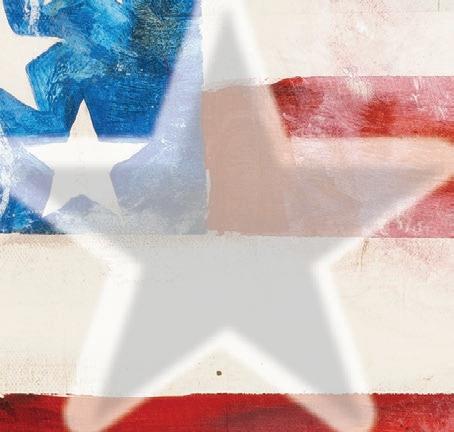
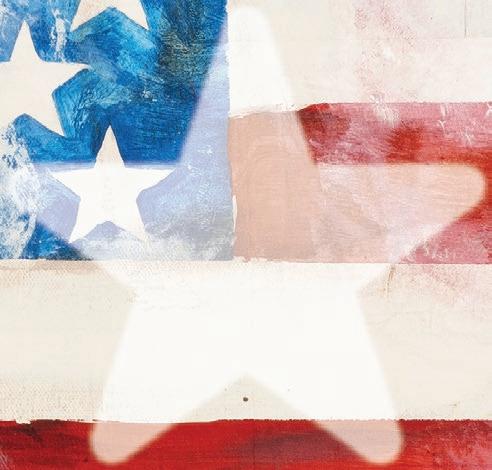











Special Article, written by: Mark DeVecchis
“We hold these truths to be self-evident, that all men are created equal, that they are endowed by their Creator with certain unalienable Rights, that among these are Life, Liberty, and the pursuit of Happiness.”
The Preamble to the Declaration of Independence and the subsequent document is viewed as the reason for the beginning of the Revolutionary War after declaring our independence from Great Britain - even though the war started on April 19, 1775. It is without a doubt a major reason for the War, but it went beyond that, and to a great extent still does today.
No monarchies, no dictatorships, no overburdensome government. The ability to create, invent, relocate and move without being infringed upon - to make in our eyes, our life better. And so it has gone for almost 250 years. This Declaration along with our Constitution has worked and worked better than that of any other nation on Earth. And today with all our upheaval - some warranted, some not, and some of the issues which have been created for certain interest group conveniences, this nation still stands strong, albeit having the fabric of our freedom stretched to the limit and torn in places.
Independence Day in America also means a lot to people, not only here, but all over the world. The United States has had the freest government the world has ever known to this point and we have held onto a written constitution longer than any other nation in history. People from around the world look at us and our Independence from differing perspectives, but mostly wishing they were here.
Our Independence as a people started long before we declared independence from Great Britain, and it still does to this day. We all feel it.
Thirteen colonies under British rule on the East coast in 1776, and then an independent nation under our Constitution, and states were created. People began to look to the large amount of land to the West, yet untamed, begging to be conquered. By 1815 there were nineteen states; by 1846 there were twenty-nine and by 1860 there were thirty-two with one Confederate state.
from nations like England, Ireland, the German States and Prussia to settle this land.1 Some were voluntary immigrants escaping monarchies and dictatorships or ruthless leaders and governments – or those evading quit rents and living a life with no future, some were not. Two of those from an earlier time is that of indentured servant such as John Howland on theas Doughty, a common foot soldier who had survived the Battle of Dunbar, was captured, put on a forced marched of 100 miles without food or water, imprisoned in Durham Cathedral, and then put on a ship for slavery) between 1650 and 1651.2 We know parts of the story of slavery from Africa in the 17th Century as well, but little known is the fact that not all slaves were black.
There were all races including whites who were captured and sold here as slaves while under British rule. And slavery is not to be confused with indentured servants. An indenture was used for a number of reasons, one being when a young man would want to come to America but could not afford the fee, hetain trade as an example) so when he came he learned a trade and earned money buying himself out of that indenture, thereby paying for his passage to America.
As the states settled, there were always those looking to move on; to escape a past or to settle on land to farm where the money they earned would be their own. There were those who loved the idea of a trapper’s or hunter’s life. To go further west. To have Independence and be isolated. Independence, beginning with the Declaration was such a driver for the pioneers, that twenty-six towns were named Independence as was Independence Township, Pennsylvania in 1781.
As settlers, farmers, trappers and hunters made their way west, Independence, Missouri was founded on March 29, 1827, when the country then had twenty-four states, and it became a particularly important town in the settling of our nation. Independence, Missouri became the jumping off point to a trail that would be blazed to the West - the Oregon Trail.
The Oregon Trail was 2100 miles ending in Oregon City, Oregon. Eventually many other trails would branch off this one: The Mormon Trail, The Santa Fe

Trail, The California Trail, but the Oregon Trail was the beginning. It became essential in exploring and settling the interior of the United States.
The sheer fact of the matter is that to even begin the Oregon Trail one needed to get to Missouri. From Lewistown, Pennsylvania to Independence, is approximately 772 miles, over rolling hills, streams, rivers, and mountains. Today it is a little over 14 hours. At that time, it would be approximately 51 days.
Beginning in 1841 when the United States had twenty-six states, it would continue until 1869 when the country had grown to thirty-three states. It would go through Kansas, Nebraska, Wyoming, Idaho, and Oregon. It is estimated that between 300,000 and 500,000 people used at least part of this Trail. It would involve rivers, prairies, and mountains. Cold, heat, dust, and all sorts of dangers that most of us today would not even imagine let alone contemplate, were encountered. Estimates are that 30,000, or 10 to 15 per mile,
died on the trail. Once started on the Trail, the all-important goal was to reach by July 4th none other than Independence Rock. Only by doing this could they make it over the mountains prior to heavy snow. Today it seems funny to reach Independence Rock by July 4th to miss snows in the mountains. But travel was slow. It would take late March or early April start to cover the 1100 miles to Independence Rock in Wyoming and another three to four months should complete the entire trail or 2100 miles.
How did they travel the trail? Wagons and walking. Those looking to travel to Oregon would need toon train to take this migration route west and travel with others for safety and direction with the wagon master who knew the way. But what would they need and take with them?
Most of the emigrants walked beside their wagons. Conestoga wagons were pulled by six to eight oxen which the pioneers would either have when leaving the East or had purchased in Missouri. The wagons were ten foot long, four foot wide and had side boards around four foot. There was also a smaller version of the Conestoga called a Prairie Schooner, which looked like a Conestoga but was shorter at eight foot long, four foot wide and had side boards that were two foot high. This required two to six oxen. A Murphy wag-

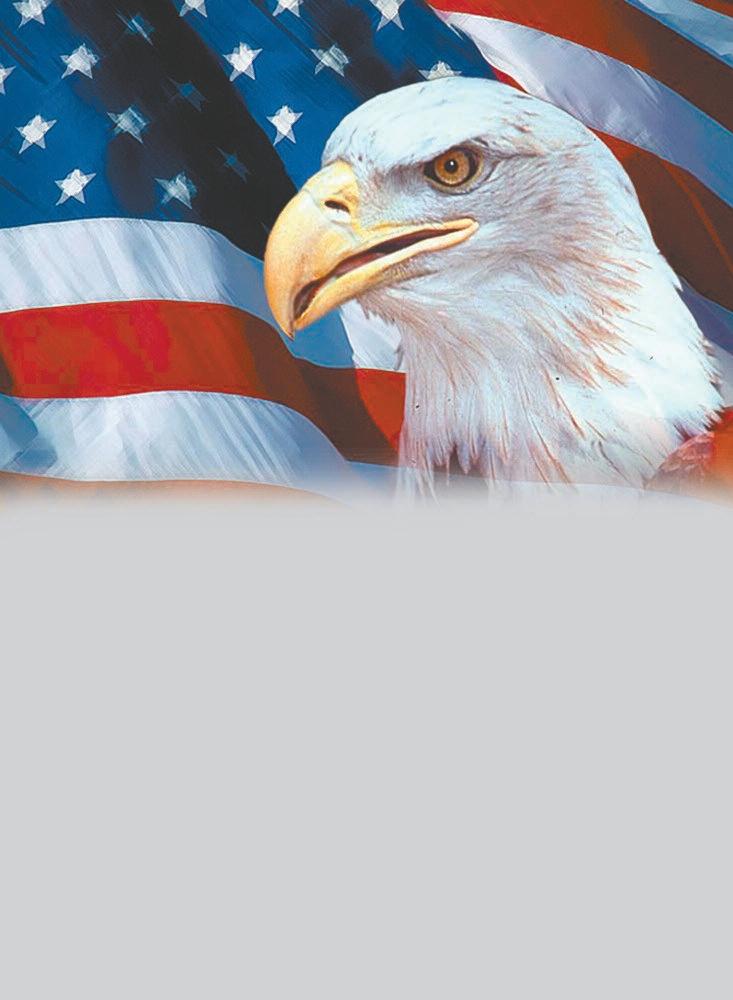






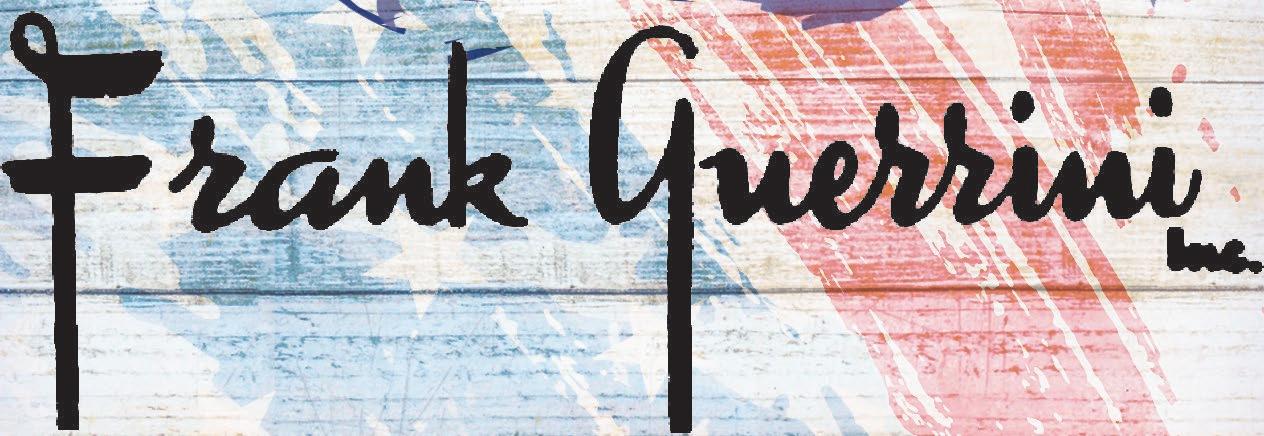
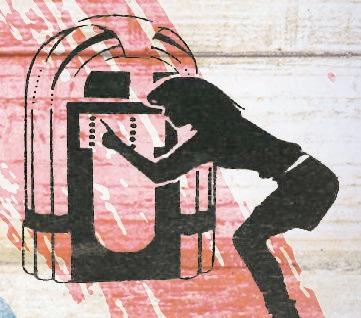





on was nine feet high, and the bed was twelve feet long. It also had running gear and a cover. There was also a Studebaker Wagon which was smaller than a Conestoga. Studebaker not only made wagons but provided parts for other wagons and eventually would become an auto maker. A Mormon hand cart was just that. A cart that was pulled by an ox or by hand with their belongings in it.
Given the requirements of what they needed to take with them as they were considering signing on and paying to be with a wagon master, a lot of folks needed to discard as too cumbersome: large bureaus, trunks, desks, and other furnishings.
Needed was enough food for the oxen and your family for the trip. You would have brought herbal medicines, there were no antibiotics yet. You pack your and your family’s clothing, enough water, parts for wagon repairs – along with wheel grease. Anything you forget is forgotten – you cannot go back. You will -
munition, dishes, utensils, mugs, goblets, cast-iron cookware, stove and implements to farm with includ-ed to survive. This is a tremendous load and usually amounted to about two tons.
There was one other big factor on the Oregon and related trails. Perils. We know 10 to 15 per mile of the total travelers on the trails died, estimating a total of 30,000. What did they die from? Typhoid, Dysentery and Cholera were the biggest diseases with Cholera being the biggest. But they were far from the onlyon accidents, drowning, snake bites, Indians, storms,der all played a part in deaths on the trail.
But one of the most interesting facts about the Oregon Trail is Independence Rock. They obviously liked the idea of Independence for all the reasons mentioned above and perhaps some not mentioned. We know why Independence Rock was the goal to reach before snow, but how did you even know if you reached it?
Fifty million years ago, the peaks of the Granite Range rose in today’s central Wyoming, and began the long geologic processes of exfoliation. Over time, the vast weight of the mountains caused them to sag ago, wind-blown sand smoothed and rounded their
summits. Wind and weather eventually exposed an ancient peak, creating one of America’s great landmarks.
Independence Rock is also known as the Register of the Desert due to the more than 5,000 names that are a part of our pioneering history. One of the earliest signatures carved into the large granite rock is 1824 by M. K. Hugh. The Rock received its name after an Independence Day celebration with William Sublette and eighty pioneers. The name stuck and became a landmark and goal of the more than 500,000 westward travelers. The Rock’s highest point sits 136 feet above the surrounding terrain. In the distance can be seen what is known as the Devil’s Gate where the river has carved a 330-foot-deep cut through rock.3
The tribes that ranged the central Rocky Mountains — Arapaho, Arikara, Bannock, Blackfeet, Cheyenne, Crow, Kiowa, Lakota, Pawnee, Shoshone, and Ute — visited the spot, and left carvings on the red-granite monolith they came to call Timpe Nabor, the Painted Rock.
The Sweetwater Valley became the main trail to the heart of the continent when American fur hunters headed west in the 1820s. As the fur trade declined, thousands of pioneers followed the roads that Indians and mountain men had blazed to the West Coast. Some say legendary mountain man Thomas “Broken Hand” Fitzpatrick named “Independence Rock” that year when he passed by on the Fourth of July. The best evidence indicates that William L. Sublette, on his way to Wind River with 81 men and 10 wagons, christened the rock in 1830, “having kept the 4th of July in due style.”
Like a great stone turtle, Independence Rock sprawls over twenty-seven acres next to the meandering Sweetwater River. More than a mile in circumference, the rock is seven hundred feet wide and 1,900 feet long. Its highest point, 136 feet above the rolling prairie, stands as tall as a twelve-story building.
When the pioneer priest, Pierre-Jean De Smet, saw the rock in 1841, he found “the hieroglyphics of Indian warriors” and “the names of all the travelers who have passed by are there to be read, written in coarse characters.” Other sojourners called it the backbone of the universe, but De Smet dubbed the rock “the great register of the desert.”4
Today you can still see Independence Rock (Inscription Rock) in Wyoming. Names are still visible, and you can see those as shown in the picture. It is a testimony to those pioneers who valued their freedom and independence and even after traveling 1100 miles into an unknown and open prairie.
TOM LAUB Lifestyles editor tlaub@lewistownsentinel.com
its birthday, it is with a sense of awe that we recognize moments in her earliest days that could have turned the tide of history. The “experiment” that began 249 years ago with the signing of a declaration could have been run off the rails had it not been for great leadership, key tactical decisions, the bravery of many and fate.
The seeds of the Revolution were planted years before 1776. As events (the Boston Massacre, the response to the Tea Act, Lexington and Concord amongnists leaned toward independence. However, it was not a unanimous movement. There were still those
Despite differing opinions, change was coming. The commitment had been made. The colonies foron until 1783.
In Congress, July 4, 1776
The unanimous Declaration of the thirteen united States of America, When in the Course of human events, it becomes necessary for one people to dissolve the political bands which have connected them with another, and to assume among the powers of the earth, the separate and equal station to which the Laws of Nature and of Nature’s God entitle them, a decent respect to the opinions of mankind requires that they should declare the causes which impel them to the separation. We hold these truths to be self-evident, that all men
are created equal, that they are endowed by their Creator with certain unalienable Rights, that among these are Life, Liberty and the pursuit of Happiness. (https://www.archives.gov/founding-docs/declaration-transcript)
Continues on Page D4
by our Founding Fathers in 1776.
Today most of us still hold sacred the values enshrined in our Declaration of Independence, although there are those who have made it their purpose to stretch and tear at those values we cherish with self-serving designs. Our Nation still stands must continue to remind our leaders and citizens that our Country has been most successful when people I hope with our Nations 250th anniversary right around the corner, we will have, as President Lincoln so succinctly stated in his Gettysburg Address, that “new birth of freedom”. I believe we will, and my guess is that Washington, D.C. is going to hear from the people of this country loud and clear.
Footnotes
1.
https://www.ancestry.com/c/family-history-learning-hub/1800-us-immigration#ootnotes, accessed June 20, 2022.
2. Carol Gardner, The Involuntary American. A Scottish Prisoner’s Journey to the New World, Westholme Publishing, Yardley, PA 2019
3. https://www.wyohistory.org/encyclopedia/independence-rock William Bagley, 2014 4. Ibid.
1946-2024
Stroup-Alexander Post 5935
Veterans of Foreign Wars 78th Year of Service to the Community

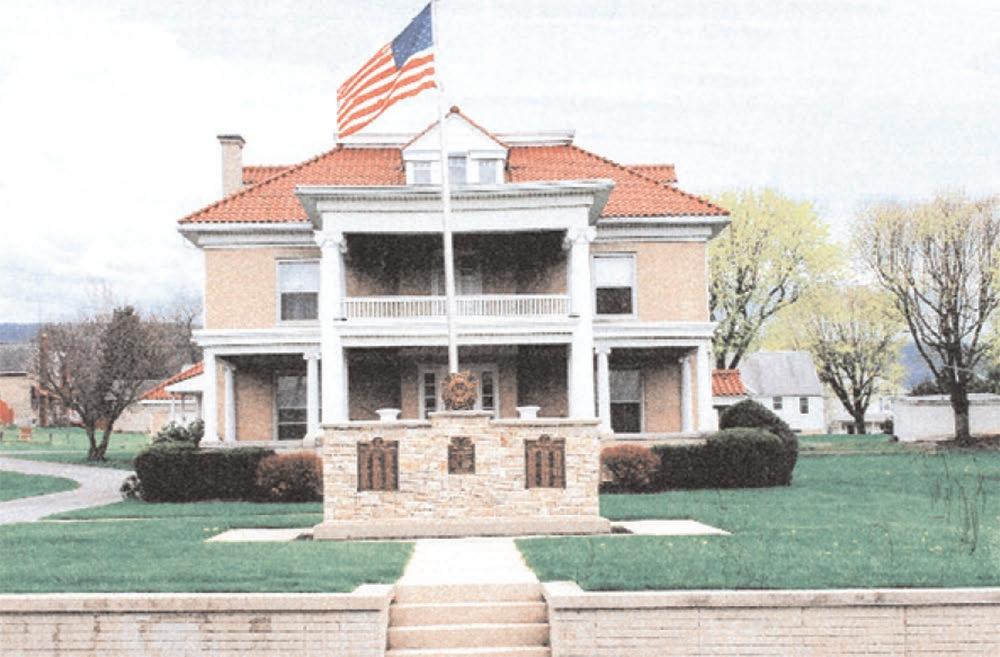
The Belleville VFW would like to thank all who support us, and honor our veterans.


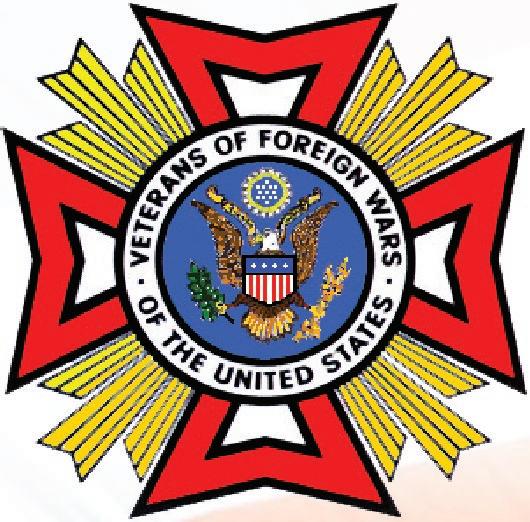


NANCY TAYLOR,
Longfellow
“My husband was a Vietnam vet so I deeply appreciate the freedom we have in this country because of the people who serve and who have previously served for us.”

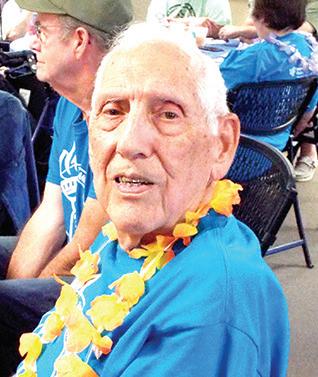
KEN SHUBERT, Mcveytown
“It’s a day to honor or Founding Fathers and our freedom. Life, liberty, and the pursuit of happiness has been given to us by all


ZAVIER DIMOFF,
Burnham
“To me, the Fourth of July means independence and it is a time to show my love for our nation.”

RYAN TINSLEY,
Lewistown
“Being able to celebrate the freedom and the change throughout history and being able to see the difference from the past. It’s a time to celebrate positivity and change.”

KENNETH SOWERS,
Belleville
“The Fourth of July is when my family gets together.We always have been in Delaware for a picnic and to shoot


Fate would intervene throughout the course of the Revolutionary War. The mysterious fog that allowed Gen. George Washington and his troops to escape across the East River from Long Island to Manhattan in the early-morning hours of Aug. 30, 1776 prevented the defeat of the Continental Army. Had the fog not appeared, a British victory was almost certain and the war may have been over not long after it began. The course of history would have taken a different path. -
ton’s army. Ammunition, food and necessities were all in short supply. Squaring off against the world’s greatest army at the time was a daunting task. The Continental Army needed miracles and the prayers were answered. France supplied troops, ships, supplies and money. There were key American victories at Saratoga and Yorktown. From military leaders to diplomats, heroes emerged, including Washington himself, Nathanael Greene, Daniel Morgan, John Adams, Benjamin Franklin, John Paul Jones and many others. Fate intervened on several occasions to preserve victory and prolong America’s hope. On Sept. 3, 1783, the Treaty of Paris brought the Revolutionary War to an end. A new nation was born.
We celebrate America’s birthday on July 4. Far more important than just a date, we celebrate its meaning: Independence. We recognize those who, in achieve and preserve our freedom and independence.
Have a great Independence Day. God Bless America.


“The








